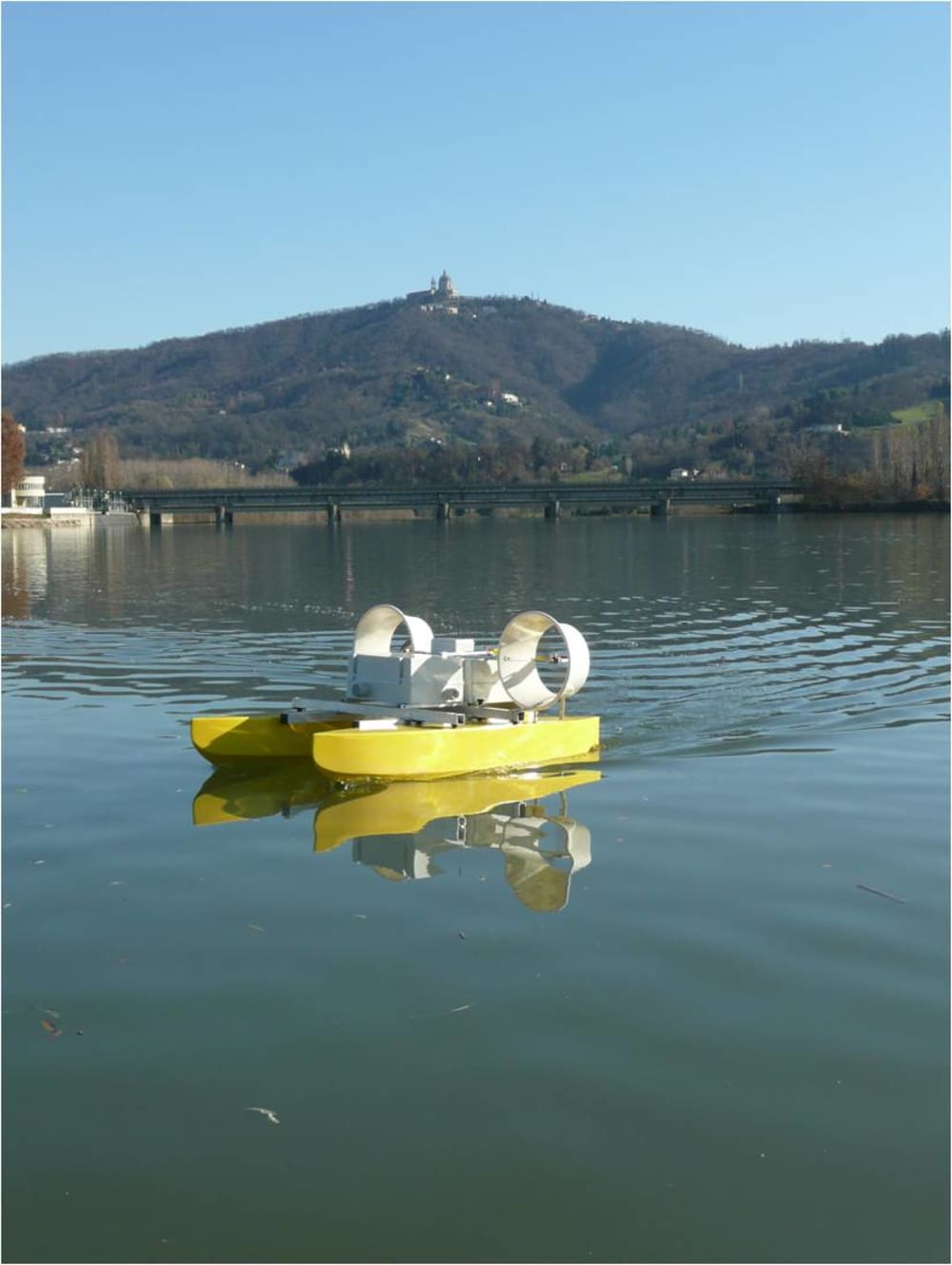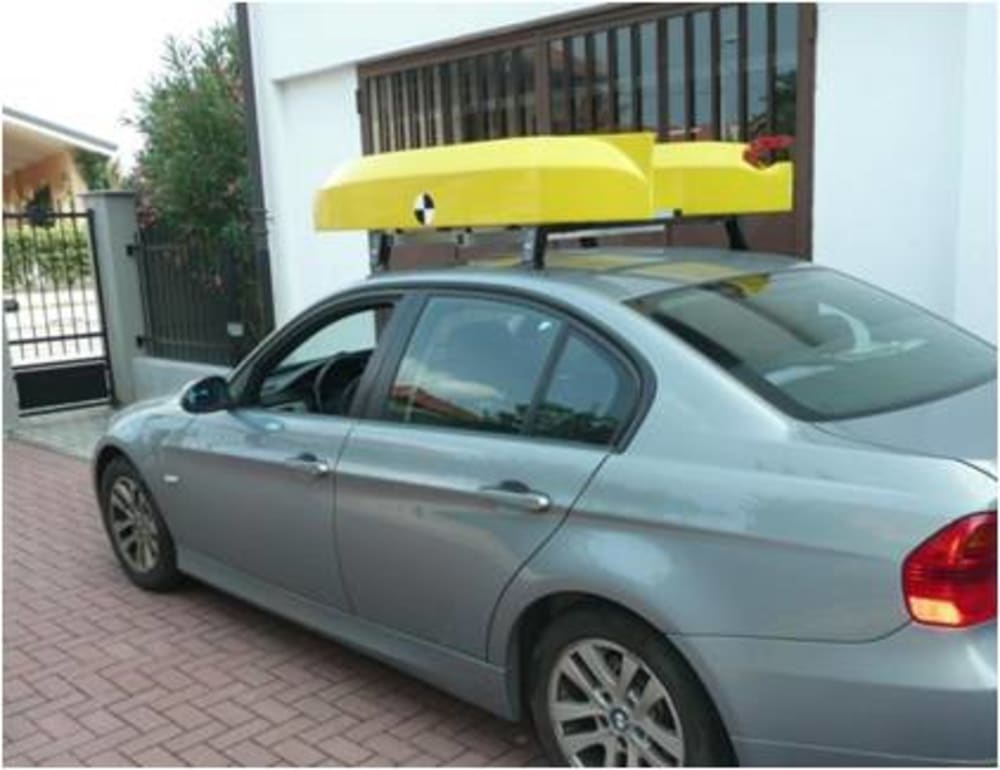CatOne
Rudder-less Autonomous Unmanned Surface Vessel
In order to be actually autonomous, small unmanned surface vessels need to avoid getting caught by floating objects (algae, plastic bags etc.). CatOne is a family of multi-purpose catamaran-robots aimed at performing, in total autonomy or under remote control, a large spread of missions. They are proposed either as an alternative to boats with onboard drivers/operators or as a replacement/complement of networks of non-garrisoned, measurement fixed stations.
One of the main peculiarities of these (patented) tools is the electrical propulsion/guidance system, based on two aerial propellers, the only moving components of the system. Neither propellers nor rudders protrude under the (catamaran) hulls, allowing operations in very shallow water, in presence of algae and in sensitive ecosystems, thanks also to:
• very low draft
• zero emission (electric propulsion)
• low noise
• virtually no disturbance to the depth contour of shallow water and to the flora and fauna.
CatOne prove especially effective in situations that require recurring, very repetitive, long endurance activities or in those to be carried out in dangerous and hazardous environment like, for instance, quarry lakes, landslides, risky or contaminated areas and critical ecosystems.
Typical applications are, among others:
- Bathymetric measurement via sonar scanning
- Leaks localizing in watering channels
- Water quality measurement/monitoring
- Discharge measurements via ADCP doppler systems
- Video surveillance of the basin bottom, of the water surface and/or of the coast
- Precisely localized distribution of colouring water markers (to be tracked by aircraft systems)
- Distribution of chemical products
- Temporary replacement of fixed data acquisition station. (CatOne can operate continuously for days and nights, maintaining a predefined static position (buoy mode)).
- Bird scaring over drinkable water and fish breeding basins.
Navigation takes place completely automatic, slaved to a precise GPS positioning reference system. Efficient mission management, small size, handling easiness and very limited power consumption allow for low operational costs.
The robot can carry on board a large variety of sensors and equipment. Modularity is an important feature of the system. Assembly is very practical and quick . Low weight and small dimensions make ground handling easy. The catamaran, partially disassembled, can be easily transported over the roof of a medium-size car or inside a Station Wagon . Assembly and preparation for the mission takes just a few minutes. One operators is sufficient both for transportation and for managing the whole mission.
A valuable component of the robot, its control system, consists of:
1) Ground control station. Through a user friendly interactive display the vessel routes , waypoints and mission details are defined. A data link communication system feeds the control station with all data necessary for operation monitoring and, if necessary , to take correcting or emergency actions. One single control station (and one single operator) can manage more than one watercraft.
2) A computerized on board system autonomously drives the mission taking as a positioning reference GPS data, integrated by other inertial and magnetic sensors input .
Like this entry?
-
About the Entrant
- Name:Pierluigi Duranti
- Type of entry:individual
- Software used for this entry:Matlab,Symulink
- Patent status:patented





